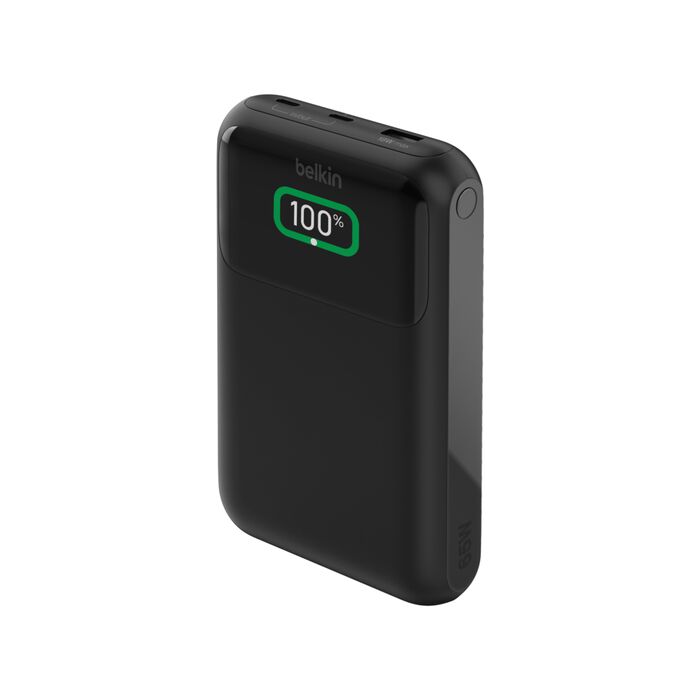The Ultimate Guide to the M4 Mac Mini: Why It’s a Game-Changer and How to Optimize It for Peak Performance
If you’re in the market for a new electronic device, what’s the first thing you look for? For me, it’s all about utility value—how much bang I can get for my buck. Sure, sticking with an older device has its comforts, but sometimes, a bold upgrade is worth it for better usability. That’s where the concept of “dramatic change” comes into play, especially in the world of tech. But what exactly does “dramatic change” mean when it comes to electronics like the M4 Mac Mini? Let’s break it down and explore why this little powerhouse might just be your next must-have gadget. Plus, I’ll share some essential setup tips and hacks to make it a hexagonal beast of a mini PC.
What Makes the M4 Mac Mini a Dramatic Upgrade?
Apple’s M4 Mac Mini, launched in late November 2024, has tech enthusiasts buzzing—and for good reason. When I think of dramatic change in electronics, three key areas come to mind: form factor, specs, and price. The M4 Mac Mini nails all three, making it a standout in Apple’s lineup. Here’s why.
1. Form Factor: Small Size, Big Identity
The M4 Mac Mini retains the sleek, minimalist design DNA of its predecessors—like the Mac Mini and Mac Studio—but it’s shrunk down to a jaw-dropping one-third of its previous size. That’s a game-changer in terms of desk space and portability. While it still screams “Apple” with its clean lines and premium finish, this compact form factor makes it a versatile fit for any setup, whether you’re a creative pro or a casual user. It’s not just about looks; it’s about how this tiny box redefines what a mini PC can be.
2. Specs: Power Meets Intelligence
Tech evolves, and performance naturally improves—CPUs get faster, and that’s expected. But the M4 Mac Mini takes it a step further. Powered by the M4 chip, it boasts enhanced CPU speeds that handle everything from video editing to multitasking with ease. What’s unexpected, though, is the RAM jump. Unlike some past models where RAM stagnated (think 8GB or 16GB for years), the M4 starts at 16GB—doubling the base offering of older models. This boost is tailored for Apple Intelligence, ensuring AI-driven features run smoothly. It’s a nod to the future, where AI is king, and Apple’s clearly playing to win.
Memory aside, the M4’s spec sheet shines elsewhere too. While exact benchmarks vary, early tests show it outperforms its M2 predecessor by a significant margin, especially in multi-core tasks. However, it’s not perfect—high-performance workloads can push thermals up, and the loss of USB-A ports might irk some users. Still, these are minor trade-offs for the power packed into this pint-sized machine.
3. Price: Unbelievable Value
Here’s where the M4 Mac Mini really surprises. Released before a 2024 holiday currency spike, its pricing feels almost too good to be true for an Apple product. The base model, with educational discounts, delivers record-breaking value—think sub-$500 territory for a device that rivals PCs twice its price. For budget-conscious buyers or those seeking premium performance without breaking the bank, this is a rare win from Cupertino.
Why You Should Buy the M4 Mac Mini
Between its compact design, beefy specs, and unbeatable price, the M4 Mac Mini offers a compelling case for an upgrade. It’s not just about keeping up with trends—it’s about getting a device that punches way above its weight. Yes, it has flaws (more on that later), but the pros far outweigh the cons. If you’re on the fence, consider this: rarely does Apple deliver such a dramatic shift in value and performance in one package.
Turning Flaws Into Strengths: Essential M4 Mac Mini Setup Tips
Out of the box, the M4 Mac Mini is impressive, but a few tweaks can transform it into a near-perfect mini PC. Here are five must-do initial settings, plus four bonus tips to max out its potential.
Initial Setup #1: Install Macs Fan Control
Heat is the M4’s Achilles’ heel during heavy workloads. Enter Macs Fan Control—a free app that’s been a lifesaver since I started using Macs in 2020. It lets you tweak fan RPMs to keep temps in check while squeezing out peak performance. For multitaskers like me, this is a godsend. The M4’s base thermals run hot, but ramping up fan speed (say, from 1,000 RPM for casual use to 2,000+ RPM for intensive tasks) cools it down fast.
Here’s how to set it up:
- Download Macs Fan Control (free version is fine—pro isn’t necessary).
- Choose “Sensor-Based” mode over fixed RPM for dynamic cooling.
- Set the CPU Core Average trigger to 50°C (default 35°C is too low for most climates).
- Enable “Auto-Start Minimized” in Settings > General for hassle-free boot-ups.
- Bonus: Check “Show Exact Temp” and “Compact Menubar Icon” for a cleaner interface.
Initial Setup #2: Enable High Power Mode
Unlike MacBooks, the Mac Mini isn’t battery-constrained, so why not crank it to 11? High Power Mode optimizes performance for resource-heavy tasks. Go to Apple Menu > System Settings > Energy, and switch from “Automatic” to “High Power.” Pair this with Macs Fan Control to manage the extra fan noise, and you’ve got a beast ready to tackle anything.
Initial Setup #3: Auto-Start After Power Loss
Power outages happen, and the M4’s bottom-mounted power button isn’t the easiest to reach (unlike older models). Fix this by enabling auto-restart: Apple Menu > System Settings > Energy > toggle “Start Up Automatically After a Power Failure.” Now, your Mac Mini reboots itself post-blackout—no fumbling required.
Initial Setup #4: Silence the Boot Chime
That iconic Mac startup sound? It’s cool until it’s not. For a quieter setup, mute it: Apple Menu > System Settings > Sound > turn off “Play Sound on Startup.” Peace restored.
Initial Setup #5: Upgrade Your Screensaver
Running macOS Sequoia, the M4 comes with a static default wallpaper. Swap it for something dynamic: Apple Menu > System Settings > Screen Saver > pick “Aerial Shuffle.” Check “Use as Wallpaper” too, and enjoy stunning aerial views that make your desk feel alive.
Bonus Tips to Master Your M4 Mac Mini
- Diagonal Placement: Position it diagonally on your desk for easy access to front and rear ports—ergonomics matter!
- External Storage: Skip pricey onboard upgrades. Format an external SSD with Disk Utility for cheap, high-capacity storage.
- Add a Stand: The M4’s bottom vents need airflow. A stand boosts cooling and makes the power button accessible.
- Smart Accessories: Missing USB-A? Grab a hub. Need portability? Pair it with a dedicated M4 Mac Mini case (check YouTube for options).
Final Thoughts: Is the M4 Mac Mini Worth It?
The M4 Mac Mini isn’t just another Apple release—it’s a dramatic leap forward in design, power, and value. Its flaws (heat, port changes) are real but easily mitigated with the right setup. Whether you’re a student, a creator, or just someone who loves great tech, this mini PC delivers. Have thoughts on the M4? Drop a comment below, and if you found this guide helpful, hit that like button and subscribe for more tech deep dives!

